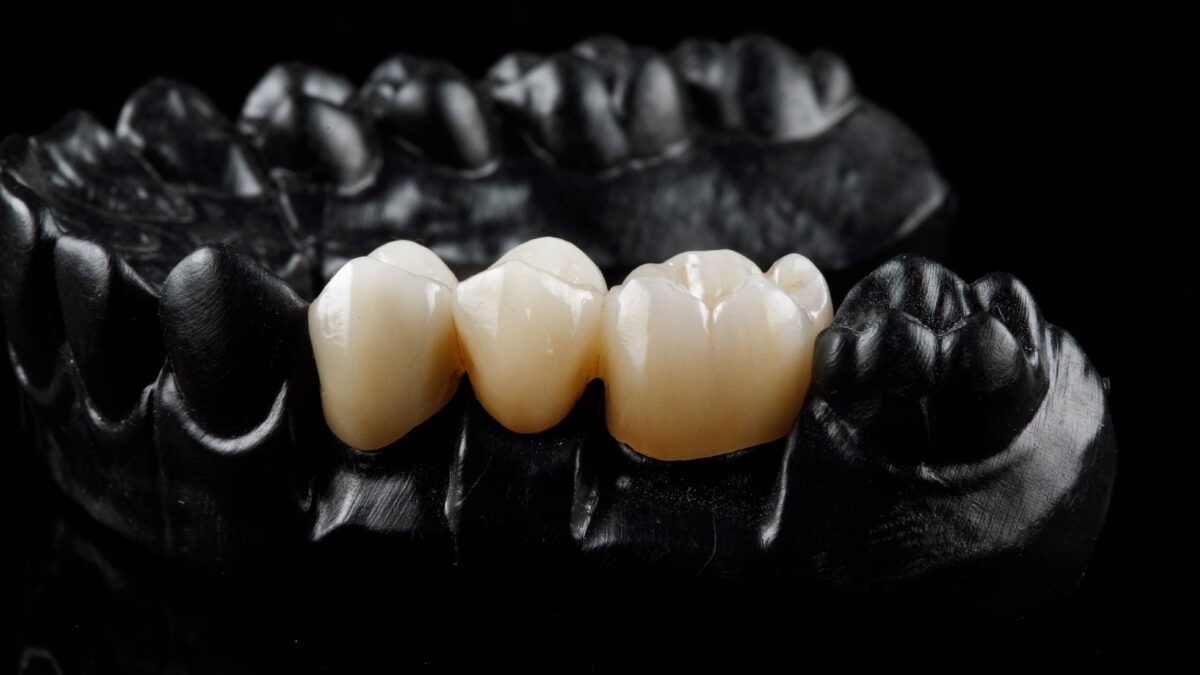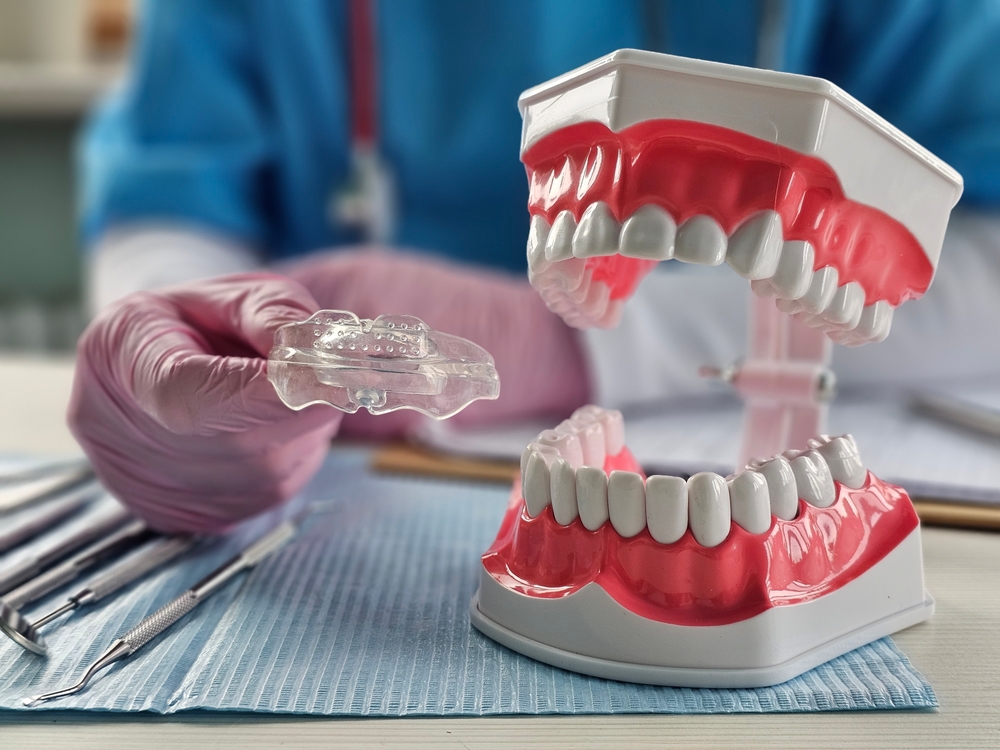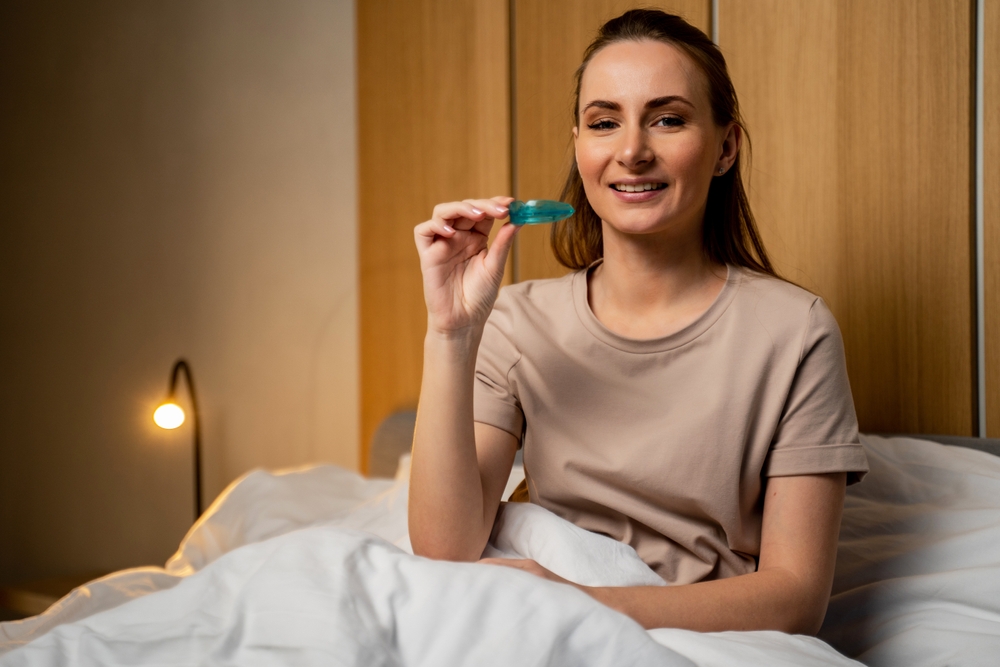Aesthetic dental restorations have become increasingly popular as more people seek to enhance the appearance of their smiles. One critical aspect of achieving natural-looking results in these restorations is color matching. The ability to match the color of dental restorations to the surrounding natural dentition is vital for creating seamless and visually pleasing outcomes. In this blog, we will delve into the significance of color matching in aesthetic dental restorations and explore the various techniques and challenges involved.
The Role of Color in Dental Aesthetics:
Color plays several important roles in dental aesthetics, contributing to the overall beauty and natural appearance of the smile. Let’s explore the various roles of color in dental aesthetics:

- Aesthetics and Smile Attractiveness: Color is a crucial aspect of smile attractiveness. A smile with well-matched and harmonious tooth color appears visually pleasing and enhances the overall aesthetics of the face. Natural-looking teeth that blend seamlessly with the surrounding dentition create a sense of balance and symmetry, resulting in a more attractive smile.
- Replicating Natural Appearance: One of the primary goals of dental aesthetics is to create restorations that mimic the natural appearance of teeth. Each person has a unique tooth color influenced by genetics, lifestyle factors, and aging. Matching the color of dental restorations to the patient’s natural teeth is essential for achieving a result that appears as if it were never restored. Accurate color matching helps create a seamless integration between the restorations and the natural dentition.
- Creating Individualized Results: The color of teeth varies from person to person, and even within an individual’s dentition. Dental professionals take into account these individual characteristics when selecting the appropriate tooth color for restorations. By considering the patient’s natural tooth color, along with their desired aesthetic goals, dental professionals can create personalized treatment plans that result in a smile that is both natural and tailored to the individual.
- Emotional and Psychological Impact: The color of teeth can have a significant impact on an individual’s emotional well-being and self-confidence. A radiant and attractive smile can boost self-esteem and improve overall self-image. On the other hand, teeth that are discolored or have noticeable discrepancies in color can lead to self-consciousness and a lack of confidence. Accurate color matching in dental aesthetics can restore patients’ confidence and positively impact their emotional well-being.
- Cultural and Social Significance: The perception of tooth color can vary across different cultures and societies. In some cultures, white, bright teeth are considered a sign of youth, beauty, and success. Understanding cultural preferences and social norms regarding tooth color is essential for dental professionals when creating aesthetic restorations. By considering these factors, dental professionals can ensure that the final result aligns with the patient’s cultural and social expectations, resulting in a smile that is not only visually pleasing but also culturally appropriate.
Challenges in Color Matching:
Achieving accurate color matching in dental aesthetics can be a complex task. Dental professionals face various challenges that can affect the ability to replicate the natural tooth color seamlessly. Understanding these challenges is essential for overcoming them and delivering exceptional aesthetic outcomes. Let’s explore some of the key challenges in color matching and why they require careful consideration.
Variations in Natural Tooth Color:

One of the primary challenges in color matching arises from the inherent variations in natural tooth color among individuals. Teeth can have variations in hue, value (lightness or darkness), and chroma (intensity or saturation). Factors such as genetics, age, and lifestyle habits contribute to these variations. Dental professionals must carefully assess the patient’s natural tooth color to select the appropriate shade and achieve a harmonious color match with the restoration. However, accurately replicating these subtle color variations can be challenging.
Effects of Lighting and Environment:
Lighting conditions play a significant role in how colors are perceived. Dental offices often have different lighting setups compared to natural or ambient light. The color appearance of teeth can vary under different lighting conditions, such as fluorescent, incandescent, or natural daylight. Dental professionals must account for these variations and ensure that color matching is performed under consistent and accurate lighting conditions. This requires careful consideration and often necessitates the use of standardized lighting systems to achieve reliable and consistent color assessment.
Material Limitations:
The materials used in dental restorations may have inherent limitations when it comes to replicating natural tooth color. Some materials, such as metal-based restorations or certain ceramics, may have limited translucency or shade-matching capabilities. Dental professionals need to select materials that can closely mimic the optical properties of natural teeth and provide the desired color outcomes. Additionally, factors such as the opacity and fluorescence of the materials can affect color perception and must be taken into account during color matching.
Subjectivity in Color Perception:
Color perception can be subjective and influenced by individual factors, such as the observer’s eyesight and personal color preferences. Dental professionals must be well-trained in color theory and possess a keen eye for subtle color differences. However, even with proper training, individual variations in color perception can affect the accuracy of color matching. The use of objective color assessment tools, such as spectrophotometers or digital shade-matching devices, can help minimize subjectivity and improve color matching accuracy.
Patient Communication and Expectations:
Effective communication between dental professionals and patients is crucial for successful color matching. Patients may have their own expectations and preferences regarding tooth color, which may not always align with what is realistically achievable. Dental professionals must carefully manage patient expectations by educating them about the limitations and possibilities of color matching. By discussing the process, showing samples, and sharing digital simulations, dental professionals can help patients understand what can be realistically achieved and work collaboratively to determine the desired outcome.
Techniques for Color Matching:
Dentists employ various techniques for color matching in dental aesthetics to achieve accurate and precise results. These techniques involve the use of shade guides, digital shade-matching devices, and effective communication with dental laboratories. Let’s explore these techniques in more detail:
Shade Guides and Color Charts:

Shade guides and color charts are commonly used tools in dental practices for color matching. They consist of a series of tabs or chips with different shades and variations of tooth color. Dentists can compare the patient’s natural tooth color to the tabs and select the closest match. Shade guides provide a visual reference and aid in determining the appropriate hue, value, and chroma of the restoration.
Spectrophotometry and Digital Shade-Matching Devices:
Advancements in technology have introduced spectrophotometry and digital shade-matching devices, which offer more objective and precise color measurements. Spectrophotometers measure the spectral characteristics of light reflected from the tooth surface and generate digital color data. These devices can provide numerical values and visual representations of the color, allowing dentists to achieve accurate color matching. Digital shade-matching devices use advanced imaging technology to capture and analyze the patient’s tooth color. These devices often have built-in databases and software that aid in selecting the closest shade match.
Communication with Dental Laboratories:
Collaboration between dentists and dental laboratories is crucial for achieving accurate color matching. Dentists communicate the desired tooth color and shade to the dental laboratory, providing detailed instructions for the fabrication of the restoration. Clear and precise communication, along with the use of visual aids such as photographs or digital images, helps dental technicians in reproducing the desired color accurately.
Additionally, dental laboratories may utilize their own advanced color-matching techniques, such as digital shade-matching systems or customized shade characterization kits. These technologies enable dental technicians to achieve highly precise color matching based on the provided instructions and patient’s natural tooth color.
In Conclusion:
Color matching is a critical aspect of aesthetic dental restorations that should not be overlooked. By prioritizing color accuracy, dental professionals can create seamless and natural-looking results that enhance patients’ smiles and boost their confidence. With advancements in technology and continued education, the future holds even more possibilities for achieving precise color matching in dental restorations. By understanding the significance of color and investing in the necessary techniques, dental professionals can deliver exceptional aesthetic outcomes and improve the overall dental experience for their patients.




